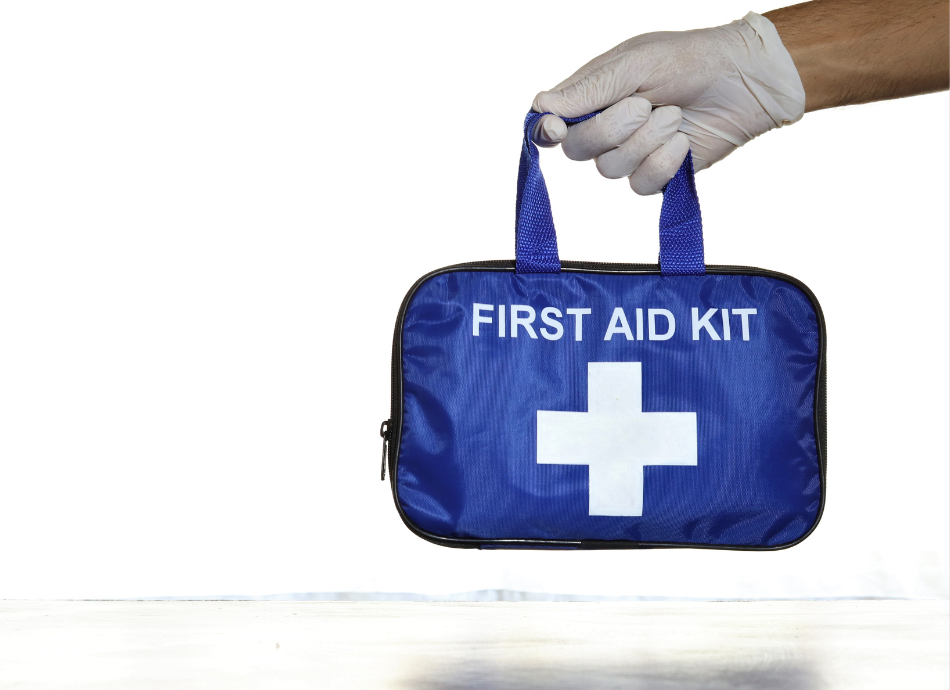There are thousands of germs on your skin so it is not surprising that some can enter a wound or a burn site to cause an infection when the skin is broken or cut. Germs can also get into a wound from soil or water during a trauma or from a human or animal mouth in the case of a bite. Even during a surgical procedure it is possible for germs to get into a surgical wound.
Some circumstances make it more likely that wounds will become infected. These include:
- If you have type 1 or type 2 diabetes.
- If the object which caused the wound was dirty and contained germs.
- The size and depth of the wound – larger or deeper wounds are more likely to become infected.
- If you are an older person – your skin doesn't heal as well as you get older.
- If you are very overweight.
- If you smoke.
- If your immune system does not work as well as normal, eg, if you are on medication such as steroids or chemotherapy, or if you have HIV/AIDS.






